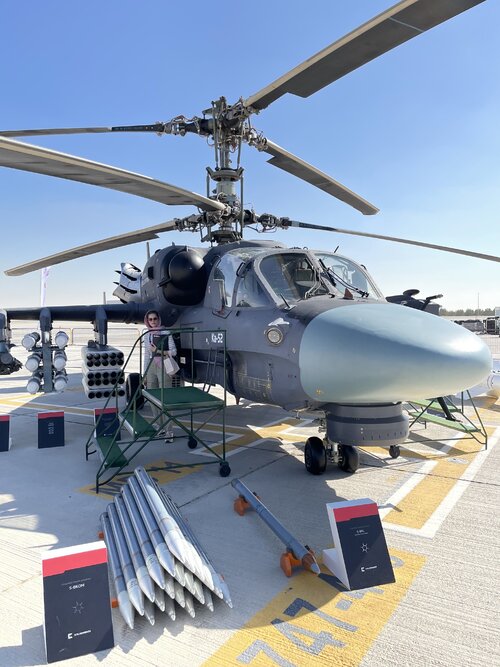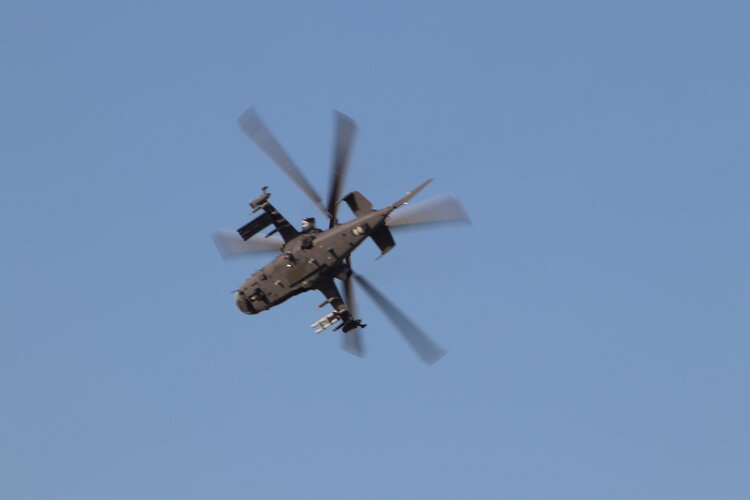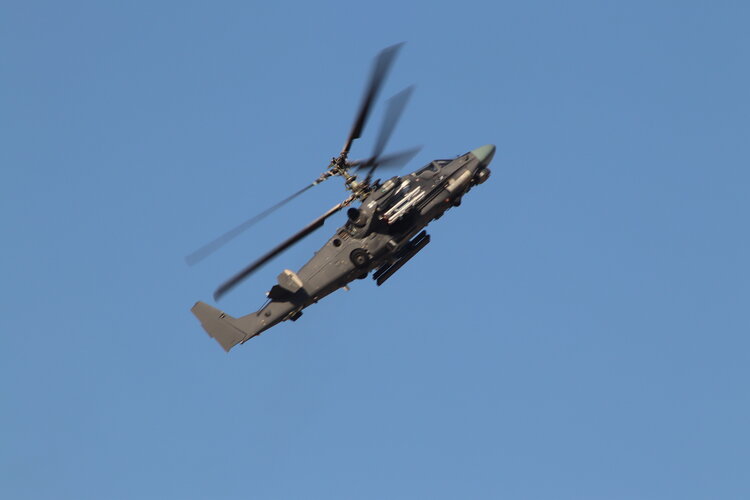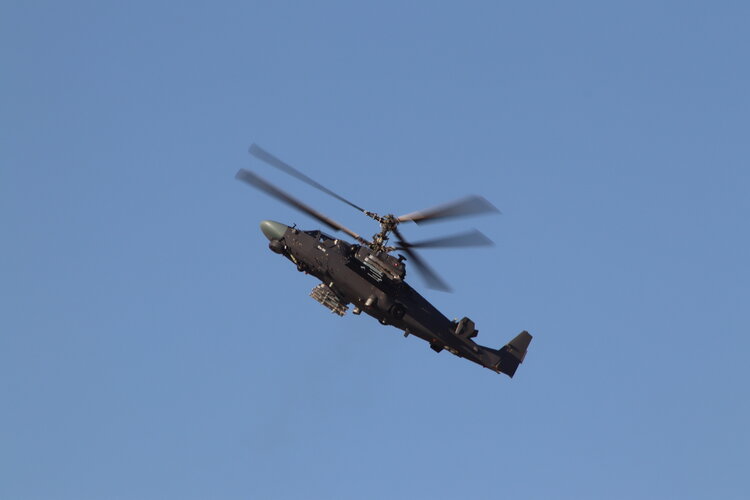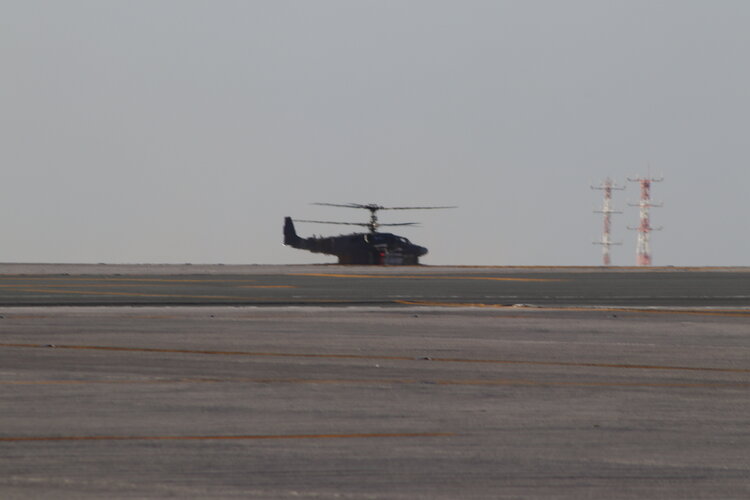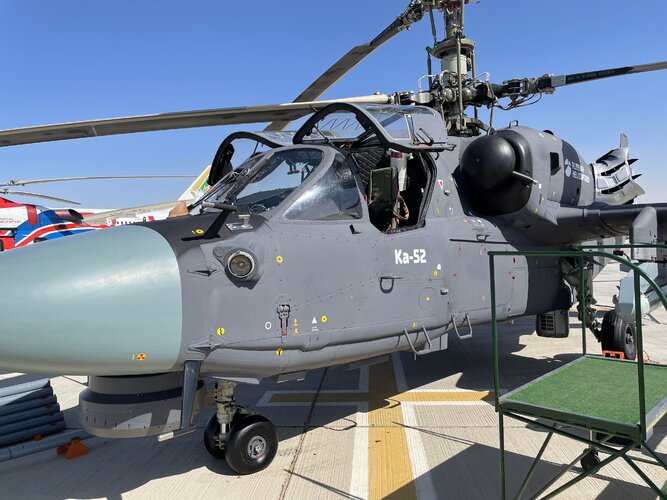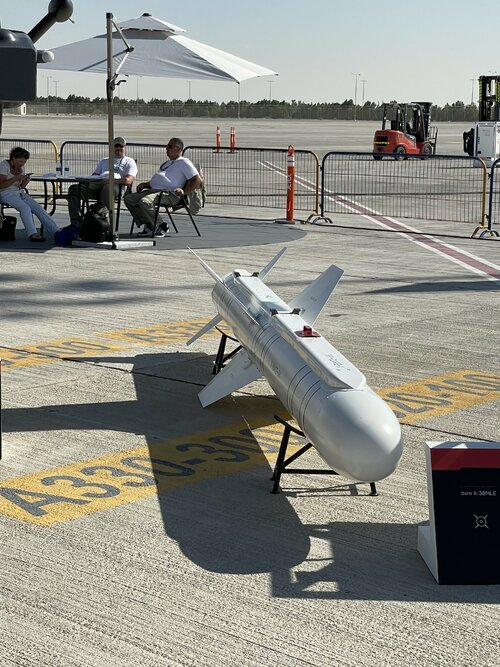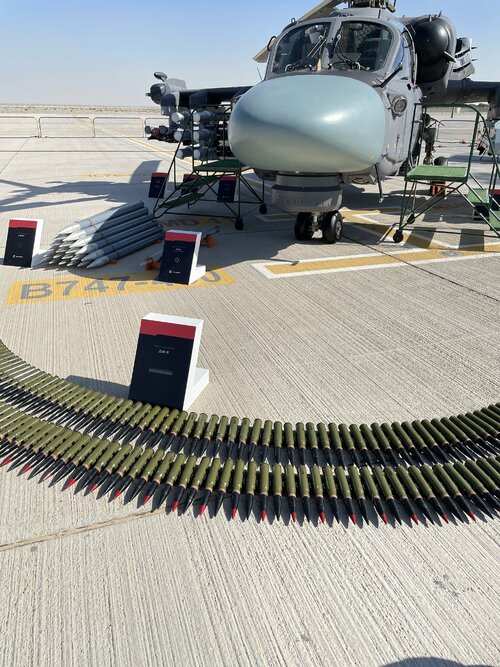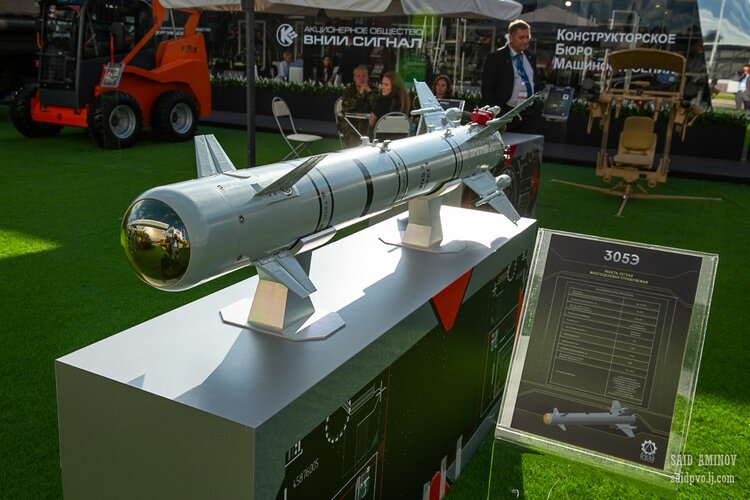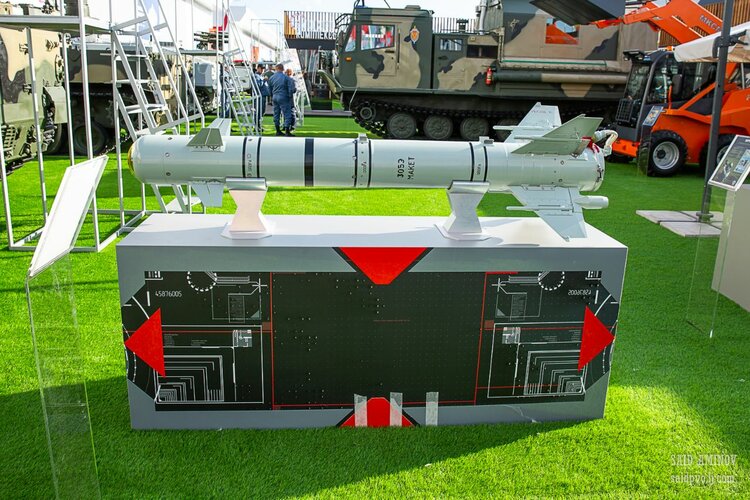No idea why the Hokum's are so prevalent in Ukraine.
That's because Kamov helo is pretty much superior in every way that matters, apart armor. Question is why the they produced Mi-28, when Ka-52 also exists? Until Mi-28NM, it's a no-brainer as to which helo to choose. And even then Ka-52M also in the works.
Kamov has:
-vastly superior EOTS compared to Mil, you can clearly see by image quality in various Russian videos, even if videos from MFD are overly compressed.
-Kamov has radar, which is massive bonus in locating targets and night-time flying. Ukraine is not Syria or Iraq, it's more developed an populous with much more obstacles such as powerlines, masts etc.
-Kamov has DIRCM, which for whatever reason wasn't installed on Mi-28, despite Mi35M having it along with some variants of Mi-8.
Better ATGM - Vikhr is superior over 9M120 in range, which is critical in Manpads saturated environment.
-better overall avionics.
That's why Kamov is preferable choice and faces more action. And that's why Mil works alongside with Kamov - former detects threats better, latter act as support.

